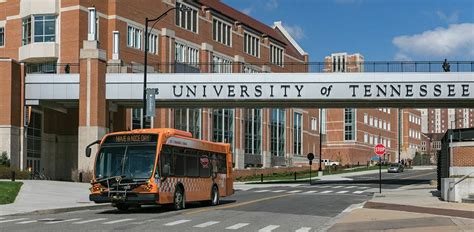Introduction

As we age, it becomes increasingly important to stay active and engaged in our communities. A senior scavenger hunt is a fantastic way to promote physical, mental, and social well-being for older adults. This article provides a comprehensive guide to planning and executing a successful senior scavenger hunt, ensuring an unforgettable experience for participants.
A senior scavenger hunt offers numerous benefits, including:
- Physical Activity: Participants engage in walking, searching, and problem-solving, promoting physical activity and improving cardiovascular health.
- Cognitive Stimulation: The hunt challenges participants’ memory, attention, and problem-solving skills.
- Social Interaction: Teams work together to complete the hunt, fostering communication, collaboration, and a sense of community.
- Reminiscing: The hunt can incorporate elements related to participants’ past experiences, triggering positive memories and reminiscence.
- Sense of Accomplishment: Completing the hunt provides participants with a sense of accomplishment and boosts their self-esteem.
Step 1: Set the Objective
Define the purpose of the hunt, whether it’s for exercise, memory enhancement, or social interaction.
Step 2: Determine the Location
Choose a location that is safe, accessible, and familiar to participants. Consider parks, museums, or community centers.
Step 3: Create the Clues
Develop clues that are challenging yet solvable. Use landmarks, historical markers, or personal anecdotes to make the hunt more engaging.
Step 4: Set Time Limits and Boundaries
Establish a time limit for the hunt and clearly define the boundaries of the search area to ensure safety.
Step 5: Recruit Teams and Assign Roles
Form teams of 2-4 participants and assign roles such as navigator, searcher, and note-taker.
Step 6: Provide Materials
Provide participants with materials such as maps, magnifying glasses, and pens to assist in their search.
Step 7: Establish a Scoring System
Determine the scoring system based on the difficulty of the clues and the time taken to complete the hunt.
Step 1: Briefing and Orientation
Explain the rules of the hunt, the time limits, and the boundaries. Provide participants with maps and materials.
Step 2: Start the Hunt
Send the teams on their way to begin searching for clues.
Step 3: Monitor and Assist
Keep track of team progress and provide assistance if needed, while ensuring that participants are having fun.
Step 4: End the Hunt and Award Prizes
Announce the end of the hunt and congratulate all participants. Award prizes to the teams with the highest scores.
- Lack of Preparation: Ensure proper planning and organization to avoid confusion or disappointment.
- Inaccessible Location: Choose a location that is accessible to all participants, considering mobility issues.
- Unclear Clues: Craft clues that are neither too vague nor too obvious to maintain a balance between challenge and solvability.
- Excessive Complexity: Avoid overloading the hunt with too many clues or complex tasks.
- Lack of Safety Measures: Prioritize safety by ensuring the hunt area is safe and accessible, and provide assistance if needed.
- According to the National Council on Aging, over 20% of Americans aged 65 and older are at risk of social isolation.
- A study published in the journal of the American Geriatrics Society found that participation in social activities reduces the risk of dementia by 20%.
- Research by the University of Michigan Health System suggests that regular physical activity improves cognitive function and reduces the risk of falls in older adults.
A senior scavenger hunt is an innovative and enjoyable activity that promotes physical, mental, and social well-being for older adults. By following the steps outlined in this article, organizers can create a successful and memorable hunt that fosters community, reminiscence, and a sense of accomplishment.
